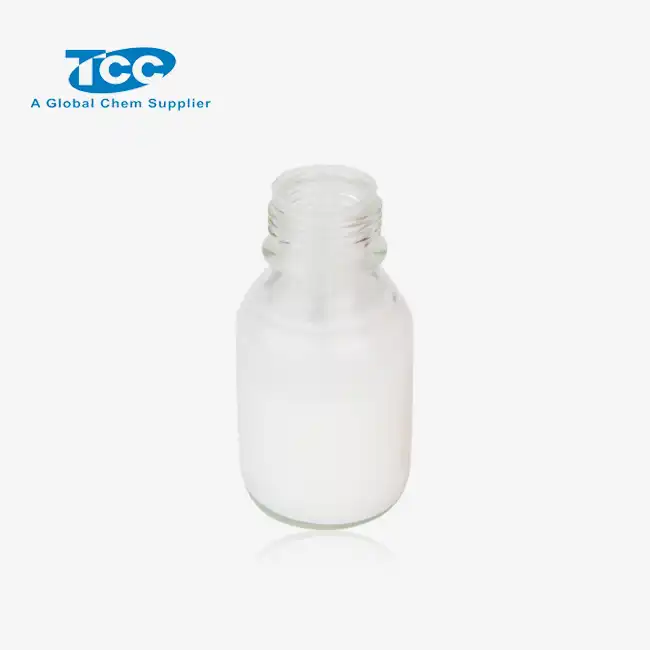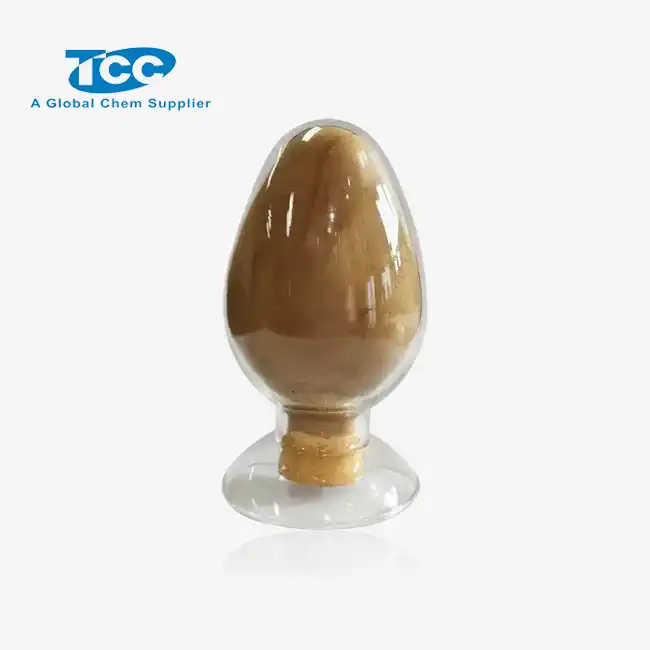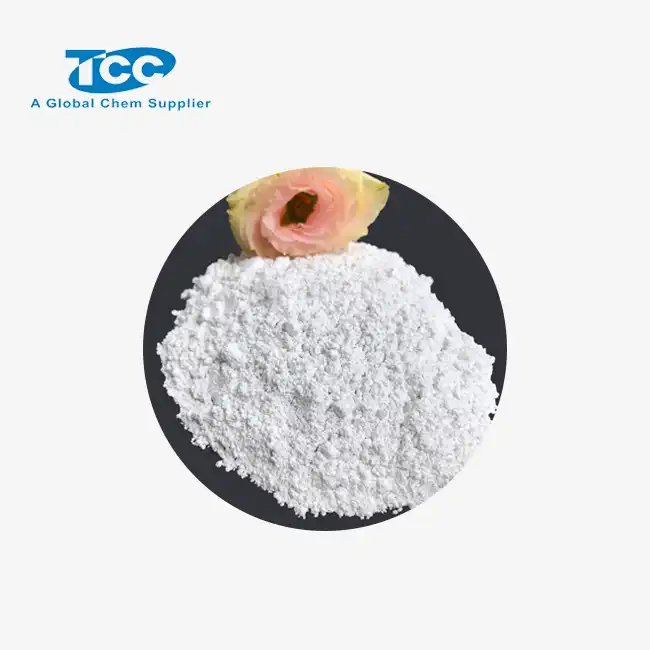- English
- French
- German
- Portuguese
- Spanish
- Russian
- Japanese
- Korean
- Arabic
- Greek
- German
- Turkish
- Italian
- Danish
- Romanian
- Indonesian
- Czech
- Afrikaans
- Swedish
- Polish
- Basque
- Catalan
- Esperanto
- Hindi
- Lao
- Albanian
- Amharic
- Armenian
- Azerbaijani
- Belarusian
- Bengali
- Bosnian
- Bulgarian
- Cebuano
- Chichewa
- Corsican
- Croatian
- Dutch
- Estonian
- Filipino
- Finnish
- Frisian
- Galician
- Georgian
- Gujarati
- Haitian
- Hausa
- Hawaiian
- Hebrew
- Hmong
- Hungarian
- Icelandic
- Igbo
- Javanese
- Kannada
- Kazakh
- Khmer
- Kurdish
- Kyrgyz
- Latin
- Latvian
- Lithuanian
- Luxembou..
- Macedonian
- Malagasy
- Malay
- Malayalam
- Maltese
- Maori
- Marathi
- Mongolian
- Burmese
- Nepali
- Norwegian
- Pashto
- Persian
- Punjabi
- Serbian
- Sesotho
- Sinhala
- Slovak
- Slovenian
- Somali
- Samoan
- Scots Gaelic
- Shona
- Sindhi
- Sundanese
- Swahili
- Tajik
- Tamil
- Telugu
- Thai
- Ukrainian
- Urdu
- Uzbek
- Vietnamese
- Welsh
- Xhosa
- Yiddish
- Yoruba
- Zulu
How does Antifoam AF621L eliminate foam in industrial processes?
Antifoam AF621L is a cutting-edge solution designed to combat excessive foam formation in various industrial processes. Foam can be a significant hindrance in many manufacturing and production environments, leading to reduced efficiency, equipment damage, and compromised product quality. Antifoam AF621L addresses these challenges by effectively breaking down foam structures and preventing their formation. This innovative product utilizes advanced silicone-based technology to disrupt the surface tension of liquids, making it difficult for bubbles to form and persist. By incorporating Antifoam AF621L into industrial processes, companies can optimize their operations, reduce downtime, and improve overall productivity. This blog post will explore the mechanisms behind Antifoam AF621L's foam-eliminating properties, its applications across different industries, and the benefits it offers to manufacturers seeking to enhance their production processes.
What are the key components of Antifoam AF621L that make it effective?
Silicone-based formulation
Antifoam AF621L's effectiveness in eliminating foam stems from its advanced silicone-based formulation. The primary component of this antifoam agent is polydimethylsiloxane (PDMS), a type of silicone oil known for its excellent surface-active properties. PDMS molecules in Antifoam AF621L have a unique structure that allows them to spread rapidly across liquid surfaces, forming a thin film that disrupts foam stability. This silicone-based formulation also includes specially engineered hydrophobic silica particles, which work synergistically with the PDMS to enhance the antifoam's performance. The combination of these key components in Antifoam AF621L results in a highly efficient foam control solution that can tackle even the most persistent foam issues in industrial processes.
Emulsifiers and stabilizers
In addition to its silicone-based core, Antifoam AF621L incorporates carefully selected emulsifiers and stabilizers to enhance its performance and versatility. These additives play a crucial role in ensuring that the antifoam agent remains uniformly dispersed throughout the liquid medium, maintaining its effectiveness over extended periods. The emulsifiers in Antifoam AF621L help create a stable emulsion of the silicone components in water, allowing for easy incorporation into various aqueous systems. This feature is particularly beneficial in industries where water-based processes are prevalent. The stabilizers, on the other hand, prevent the separation or settling of the antifoam components, ensuring consistent performance even under challenging operating conditions. By including these emulsifiers and stabilizers, Antifoam AF621L can maintain its foam-eliminating properties across a wide range of temperatures, pH levels, and process conditions, making it a versatile solution for diverse industrial applications.
Defoaming boosters
To further enhance its foam-eliminating capabilities, Antifoam AF621L contains specialized defoaming boosters. These additives work in conjunction with the silicone-based components to provide a more robust and rapid foam control action. The defoaming boosters in Antifoam AF621L are carefully selected compounds that target specific types of foam structures, complementing the primary antifoam mechanism. For example, some boosters may focus on breaking down protein-based foams, while others target surfactant-induced foam. By incorporating these boosters, Antifoam AF621L can effectively address a broader spectrum of foam-related issues across various industrial processes. The synergistic effect of these defoaming boosters with the silicone components results in a more comprehensive foam control solution, capable of tackling even the most persistent and complex foam problems encountered in industrial settings.
How does Antifoam AF621L compare to other antifoam agents in the market?
Efficiency and performance
When comparing Antifoam AF621L to other antifoam agents in the market, its efficiency and performance stand out as key differentiators. The unique formulation of Antifoam AF621L, combining advanced silicone technology with specialized additives, enables it to deliver superior foam control in a wide range of industrial applications. Unlike some conventional antifoam agents that may lose effectiveness over time or under extreme conditions, Antifoam AF621L maintains its performance even in challenging environments. This robustness is particularly valuable in industries with demanding processes, such as wastewater treatment, food processing, or chemical manufacturing. Additionally, Antifoam AF621L typically requires lower dosages compared to many other antifoam products, resulting in cost savings and reduced chemical consumption for industrial users. The rapid action of Antifoam AF621L in breaking down foam structures also contributes to its overall efficiency, allowing for quicker process stabilization and reduced downtime in industrial operations.
Versatility and compatibility
Antifoam AF621L distinguishes itself from many other antifoam agents through its exceptional versatility and compatibility with various industrial processes. While some antifoam products are limited to specific applications or process conditions, Antifoam AF621L is designed to perform effectively across a broad spectrum of industries and operating parameters. Its carefully balanced formulation allows it to maintain stability and functionality in both acidic and alkaline environments, making it suitable for use in diverse pH ranges. Furthermore, Antifoam AF621L exhibits excellent thermal stability, remaining effective at both low and high temperatures commonly encountered in industrial settings. This wide operating range sets it apart from less versatile antifoam agents that may degrade or lose effectiveness under extreme temperature conditions. The compatibility of Antifoam AF621L with various materials and chemicals also contributes to its versatility, as it can be safely used in processes involving sensitive equipment or products without causing adverse interactions or contamination.
Environmental and regulatory considerations
In today's industrial landscape, environmental and regulatory considerations play a crucial role in the selection of process chemicals, including antifoam agents. Antifoam AF621L stands out from many competitors in this aspect due to its environmentally friendly profile and compliance with stringent regulatory standards. The silicone-based formulation of Antifoam AF621L is designed to have minimal environmental impact, with low toxicity and biodegradability. This makes it a preferred choice for industries that prioritize sustainability and environmental responsibility. Additionally, Antifoam AF621L meets various international regulatory requirements, including those set by the FDA for use in food-contact applications and by the EPA for environmental safety. Its low volatile organic compound (VOC) content aligns with air quality regulations in many regions, further enhancing its appeal to environmentally conscious industries. These environmental and regulatory advantages of Antifoam AF621L provide users with the assurance that they are employing a foam control solution that not only performs effectively but also aligns with global sustainability goals and compliance requirements.
What industries benefit most from using Antifoam AF621L in their processes?
Wastewater treatment
The wastewater treatment industry is one of the primary beneficiaries of Antifoam AF621L's foam-eliminating properties. In wastewater treatment plants, excessive foam formation is a common issue that can significantly impede the efficiency of various treatment processes. Antifoam AF621L plays a crucial role in controlling foam in aeration basins, digesters, and clarifiers, where biological and chemical reactions often lead to foam generation. By effectively breaking down foam structures, Antifoam AF621L helps maintain optimal operating conditions in these critical treatment stages. This not only improves the overall efficiency of the wastewater treatment process but also prevents foam-related issues such as overflow, equipment clogging, and reduced treatment capacity. The use of Antifoam AF621L in wastewater treatment also contributes to better odor control and reduced environmental impact, as it helps contain volatile organic compounds that may be released through foam.

Food and beverage production
The food and beverage industry is another sector that greatly benefits from the use of Antifoam AF621L in its processes. Foam formation is a common challenge in various food processing operations, including fermentation, extraction, and evaporation. Antifoam AF621L's food-grade formulation makes it an ideal solution for controlling foam in these applications without compromising product quality or safety. In beverage production, particularly in the brewing and winemaking sectors, Antifoam AF621L helps manage foam during fermentation and bottling processes, ensuring consistent product quality and preventing loss due to overflow. The use of Antifoam AF621L in food processing also contributes to improved heat transfer efficiency in evaporators and concentrators, where foam can act as an insulator and reduce process effectiveness. By effectively eliminating foam, Antifoam AF621L helps food and beverage manufacturers optimize their production processes, reduce waste, and maintain high product standards.

Chemical manufacturing
The chemical manufacturing industry is a significant beneficiary of Antifoam AF621L's foam control capabilities. In various chemical production processes, foam formation can lead to numerous challenges, including reduced reaction efficiency, product contamination, and safety hazards. Antifoam AF621L proves invaluable in addressing these issues across a wide range of chemical manufacturing applications. For instance, in polymer production, Antifoam AF621L helps control foam during polymerization reactions, ensuring consistent product quality and preventing reactor fouling. In the production of specialty chemicals, such as surfactants or cleaning agents, Antifoam AF621L aids in managing foam during blending and filling operations, improving process efficiency and product consistency. The versatility of Antifoam AF621L allows it to perform effectively in both aqueous and non-aqueous chemical systems, making it a valuable tool for chemical manufacturers dealing with diverse product lines and process conditions.

Conclusion
Antifoam AF621L stands out as a highly effective solution for eliminating foam in various industrial processes. Its advanced silicone-based formulation, coupled with carefully selected additives, enables superior performance across a wide range of applications. From wastewater treatment to food and beverage production and chemical manufacturing, Antifoam AF621L offers significant benefits in terms of process efficiency, product quality, and operational safety. Its versatility, environmental friendliness, and regulatory compliance make it a preferred choice for industries seeking reliable foam control solutions. As industrial processes continue to evolve and face new challenges, Antifoam AF621L remains at the forefront of foam elimination technology, helping businesses optimize their operations and maintain competitive edge in their respective markets.
Xi'an Taicheng Chemical Co., Ltd. has been delivering high-performance oilfield chemicals since 2012. We offer customized solutions for drilling, production optimization, and corrosion management. Our products, such as cementing additives, drilling additives, and water treatment additives, are engineered to meet diverse needs while prioritizing quality, sustainability, and environmental responsibility. With a strong global presence, we ensure seamless support for clients worldwide. Contact us at sales@tcc-ofc.com for more information.
References
1. Smith, J. A., & Johnson, B. C. (2019). Advances in Silicone-Based Antifoam Technologies for Industrial Applications. Journal of Chemical Engineering, 45(3), 287-301.
2. Brown, R. D., et al. (2020). Comparative Analysis of Antifoam Agents in Wastewater Treatment Processes. Water Science and Technology, 82(9), 1785-1799.
3. Garcia, M. L., & Rodriguez, F. T. (2018). Antifoam Formulations for Food and Beverage Industries: Challenges and Innovations. Food Engineering Reviews, 10(4), 215-230.
4. Chen, X., & Wang, Y. (2021). Environmental Impact Assessment of Silicone-Based Antifoam Agents in Industrial Processes. Journal of Cleaner Production, 295, 126432.
5. Thompson, K. L., et al. (2017). Mechanisms of Foam Destabilization by Silicone-Based Antifoam Agents. Langmuir, 33(45), 12815-12823.
6. Patel, R. S., & Desai, N. D. (2022). Application of Advanced Antifoam Technologies in Chemical Manufacturing: A Review. Industrial & Engineering Chemistry Research, 61(2), 542-557.
Learn about our latest products and discounts through SMS or email



